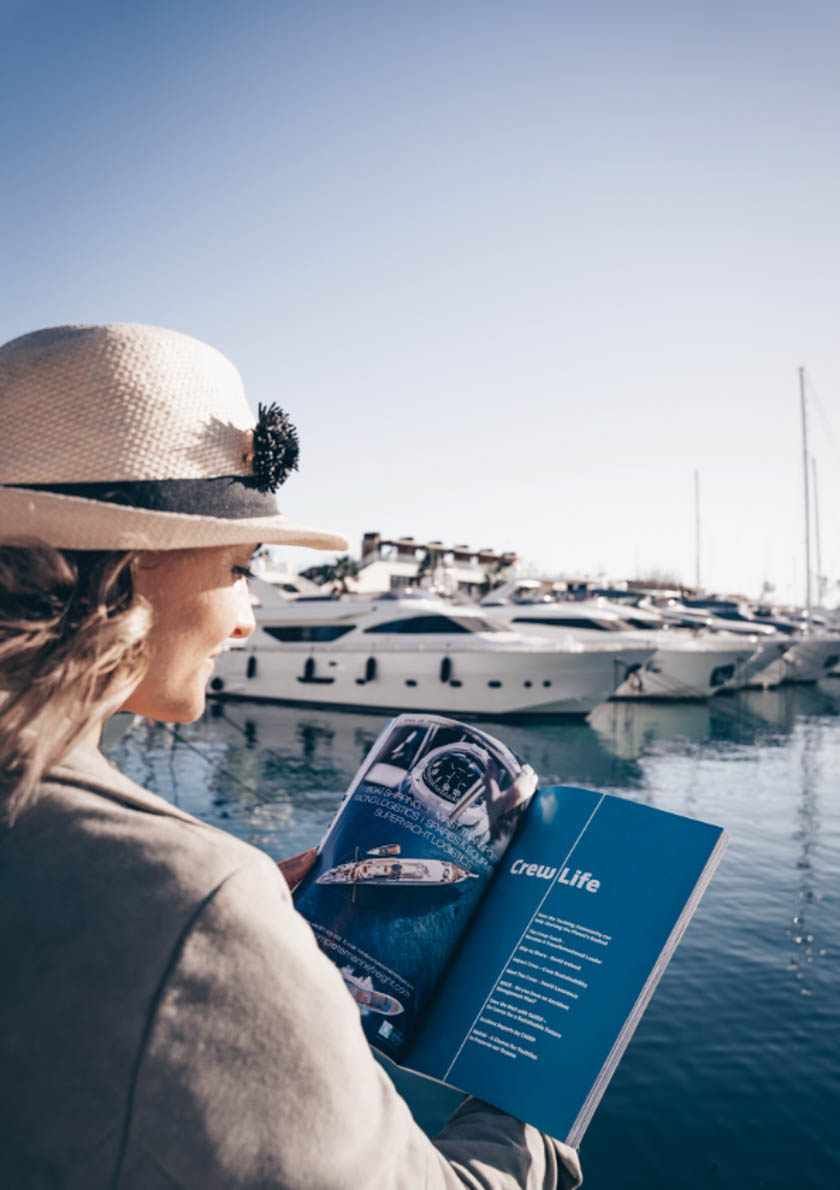There is a revolution in Mallorca! And I’m not the only one saying it. In a recent article about Mallorcan wine, the prestigious wine journalist Jancis Robinson discussed it as well.
The revolution she stumbled upon has been brewing for some time now and I have also mentioned it previously in this magazine. But what did she discover that was so interesting and why did she call it a revolution? For starters, Mallorca has experienced massive growth in the wine industry thanks to exports, tourists consuming wine while on holiday here, and a growing number of wineries opening.
Jancis focused her article on a handful of wineries that are run by locals who have dedicated their efforts to preserving certain indigenous grapes, specifically Callet and Mantonegro. But, what she failed to mention is that a lot of other grapes have recently been approved for winemaking, adding to the diversity of Mallorca’s viticulture, and providing a new playing field for vine growers and winemakers alike. It’s like a new blank canvas on which to paint the future of viticulture in Mallorca.
Some of these grapes are already established and are therefore proof of this venture’s success. Giró Ros and Gorgollassa are typical examples. The popularity of these two grapes is steadily growing with a good number of wines made from them. Similarly, Escursac has been rumbling in people’s ears.
All of these grape varieties share a similar story. Because they were more difficult to handle or due to foreign influences, they were forgotten about and nearly became extinct in favour of other varieties that produced quantity rather than quality. Among other examples are Mances de Tibus, Callet Negrella, Giró Negre, and Esperó de Gall. These varieties and many others have not vanished without a trace thanks to a few enthusiasts and the tireless team at the Institute of Agrifood and Fishing Research and Training (IRFAP).
I was invited to a tasting of Mallorcan wines made with varieties that are in the process of being approved fit for winemaking. This was later followed up by a visit to the experimental vineyard located in the surroundings of the Conselleria building. During this particular visit, I was amazed to learn about the process that goes on behind the scenes. To approve one of these varieties so that it is fit for your table in liquid form, it takes no less than 10 years of going back and forth between local administration, the mainland, and European counterparts.
A number of checks are carried out throughout this long process, including DNA testing, planting, protecting, recording, sampling, and producing. All of these processes are carried out under the watchful eye of the EU, so that grapes accepted here are not identical to grapes that already exist elsewhere in Europe, such as Croatia, Greece, or Germany.
To be honest, the experimental vineyard doesn’t look like much at first glance. There are eight to ten rows of vines in groups of five plants of the same variety. However, my visit in late November emphasised the differences in size, vigour, and colour of the leaves -it was quite remarkable to see. The leaves on some Escursac vines were still green, but on the Callet Negrella vines, the leaves had turned brown, and I was able to sample some of the remaining grapes. Surprisingly, they still tasted fresh and had a vivid acidity. As many as twenty different grape varieties are planted on this small patch of Call Vermell soil. One particular vine caught my eye due to the unusual shape of its leaves. The leaves were given the unfortunate name of ‘rat’s foot’ (see photo).
The process of authorising new wine grapes is so complex that some of the varieties will never be picked and consequently, we’ll never hear their names, or try the wines.
Therefore, this small vineyard in Palma is of great importance, not only for studying the variety and how it adapts, but also to preserve it and ensure it is never lost.
After seeing the vines at IRFAP, I was taken to a structure that resembles a greenhouse or to be more specific, a polytunnel within a polytunnel. Upon entering through a double door, I found myself in an area where new vines are grown and then prepared for sending to Madrid. In Madrid, these vines undergo rigorous inspection and the authorities demand that the specimens be free of viruses prior to their arrival. This task is extremely hard here in Mallorca due to the heat, humidity and other factors that make Mallorca a cosy destination for plant viruses and other microorganisms. In this polytunnel construction, the plants are protected from the Mallorcan environment and covered with a special netting to make sure no contamination can attack them. When the specimens are clean and healthy, they go through the final stages before approval.
This intense process wouldn’t be possible without help from specific people; those in the past who made sure the vines were looked after; those who don’t want the vines to disappear; those who want to try and create a wine with the grapes from these vines, and those people who want to experiment with new wines to cope with the demand for new flavours and culinary ventures.
So, when you next decide to buy a bottle of wine, be curious about what Mallorca has to offer and open your taste buds to all the new flavours that will eventually come your way.
Salud!
Iván González Gaínza & Lara Corfield
Wine Industry Mallorca
Bringing wine to you – quality wines from lesser-known bodegas and interesting winemakers.
Iván – 0034 657 88 32 48
Lara – 0034 638 60 19 43


















0 Comments